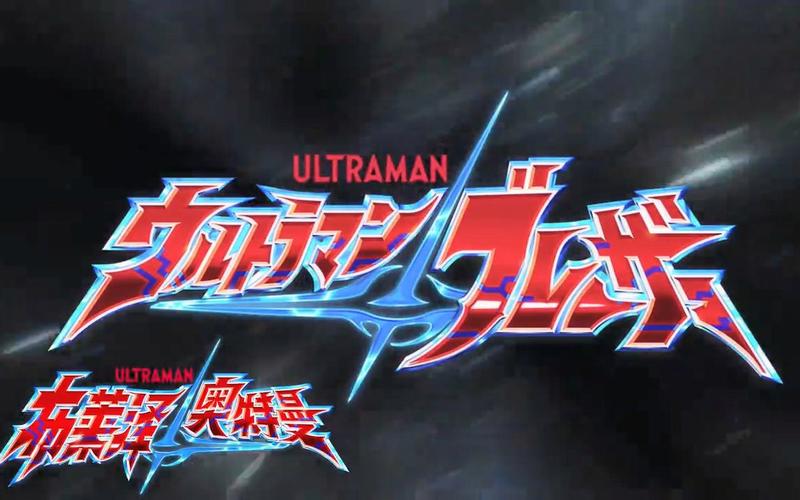初代奥特曼日语版迅雷下载
Title: Exploring the Origins and Legacy of the First Generation Ultraman in Japanese
The debut of Ultraman marked a turning point in Japanese television, blending liveaction drama with spectacular special effects. The series featured episodic battles between Ultraman and various monsters, showcasing innovative techniques in miniature models, suitmation (actors in monster suits), and pyrotechnics. This fusion of storytelling and visual spectacle captured the imaginations of audiences, establishing Ultraman as a cultural phenomenon.
In recent years, Ultraman has experienced a resurgence in popularity with the release of modern adaptations and collaborations with other franchises. The character's timeless appeal lies in his universal themes of heroism and resilience, which resonate with audiences worldwide. As Ultraman continues to evolve and adapt to changing times, his legacy as Japan's first superhero remains as enduring as ever.
Exploring the Origins and Legacy of the First Generation Ultraman in Japanese
The concept of Ultraman emerged from Tsuburaya Productions, founded by Eiji Tsuburaya, a visionary in special effects and cinematography. Drawing inspiration from earlier kaiju (monster) films such as Godzilla, Tsuburaya envisioned a superhero who would protect Earth from giant monsters and alien threats. The result was Ultraman, a humanoid giant from the Land of Light, who merges with a human host to fight evil.
Ultraman, 初代奥特曼 (Shodai Urutoraman), holds a significant place in Japanese popular culture as a pioneering figure in the tokusatsu genre. Created by Eiji Tsuburaya, Ultraman made his debut on television screens in 1966, captivating audiences with his iconic design and heroic deeds. Let's delve into the origins, impact, and enduring legacy of the first generation Ultraman in Japanese culture.
In conclusion, 初代奥特曼 (Shodai Urutoraman) holds a special place in Japanese culture as a pioneering figure in the tokusatsu genre. From humble origins to global acclaim, Ultraman's journey reflects the enduring power of storytelling and the enduring appeal of heroes. As we celebrate the legacy of Ultraman, we are reminded of the timeless values of courage, justice, and hope that continue to inspire us all.
Moreover, Ultraman sparked a merchandising boom, with toys, games, and collectibles becoming soughtafter commodities. The character's iconic design, featuring a silver and red bodysuit with distinctive eyes and antenna, became instantly recognizable across Japan and beyond. Ultraman's popularity also transcended borders, earning international acclaim and spawning numerous sequels, spinoffs, and adaptations.
Ultraman's impact extended beyond entertainment, influencing Japanese society and popular culture in profound ways. The character embodied values of courage, justice, and teamwork, resonating with viewers of all ages. Children idolized Ultraman as a symbol of strength and heroism, while adults appreciated the series' themes of perseverance and sacrifice.
Over five decades since his debut, Ultraman remains a beloved cultural icon, cherished by multiple generations of fans. The character's legacy lives on through a multimedia franchise encompassing television series, films, comics, and video games. Tsuburaya Productions continues to innovate, introducing new iterations of Ultraman while honoring the spirit of the original series.

版权声明
本文仅代表作者观点,不代表百度立场。
本文系作者授权百度百家发表,未经许可,不得转载。












评论